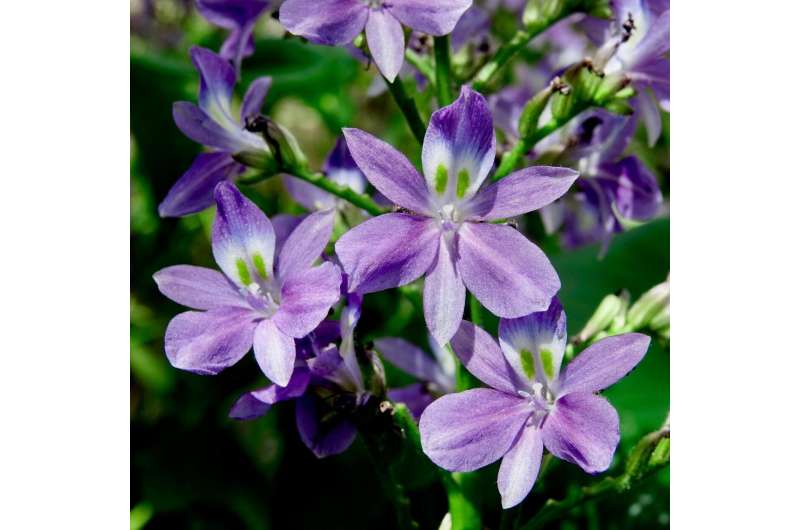A complex marriage arrangement: New insights and unanswered questions in plant heterostyly

The study of plant reproductive systems provides crucial insights into ecological interactions and the process of evolutionary change. Reproductive success is closely allied to overall fitness, and understanding the mechanisms and drivers of reproductive fitness can help us understand the causes and consequences of the remarkable diversity of plant reproductive strategies.
This special issue of New Phytologist explores the ecology, evolution and genetics of plant reproductive systems, a highly interdisciplinary area of research that has been championed and developed by Prof. Spencer Barrett. The collection has its origins in a symposium held in August 2018 to mark Prof. Barrett's retirement from the University of Toronto after 40 years.
The symposium brought together leaders in the field to celebrate Prof. Barrett's outstanding career, and share new insights and views on the topic of plant reproduction. The New Phytologist Trust was delighted to support the symposium alongside the Department of Ecology and Evolutionary Biology and the Faculty of Arts and Science at the University of Toronto, and to publish the landmark collection of articles that resulted from it.
The collection includes a total of 35 articles that cover new research, review and commentary, integrating the theory, ecology, natural history, evolution, genetics and genomics of plant reproductive systems. This includes new modelling work by Madeline Peters and Art Weis (University of Toronto) exploring the combined effects of flowering time and spatial isolation in structuring genetic diversity, a Viewpoint article by Melinda Pickup (IST Vienna) and colleagues on the role of mating system differences in the outcome of hybridization, and the use of nanotechnology to study reproductive isolation by Corneile Minnaar in Bruce Anderson's group at Stellenbosch University. The special issue also features a new Tansley review by Prof. Barrett that explores recent advances on the floral polymorphism heterostyly and highlights some unresolved questions.
This collection of studies serves not only as a tribute to Prof. Barrett, but also as a rallying call for future researchers to focus their attention on the questions that remain unanswered and the research avenues that are yet to be fully explored.
More information: Spencer C. H. Barrett, 'A most complex marriage arrangement': recent advances on heterostyly and unresolved questions, New Phytologist (2019). DOI: 10.1111/nph.16026
Journal information: New Phytologist
Provided by New Phytologist Trust



















